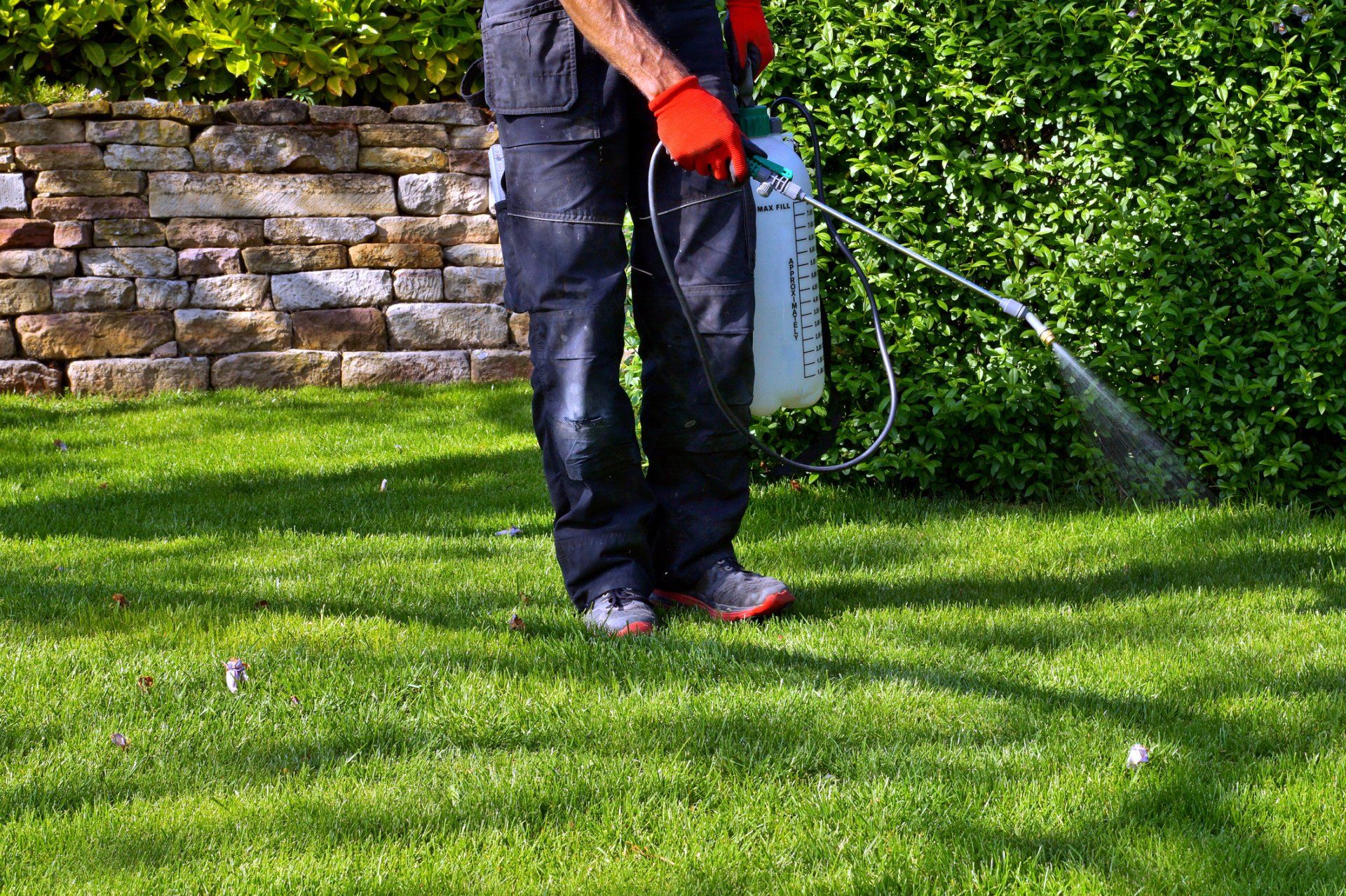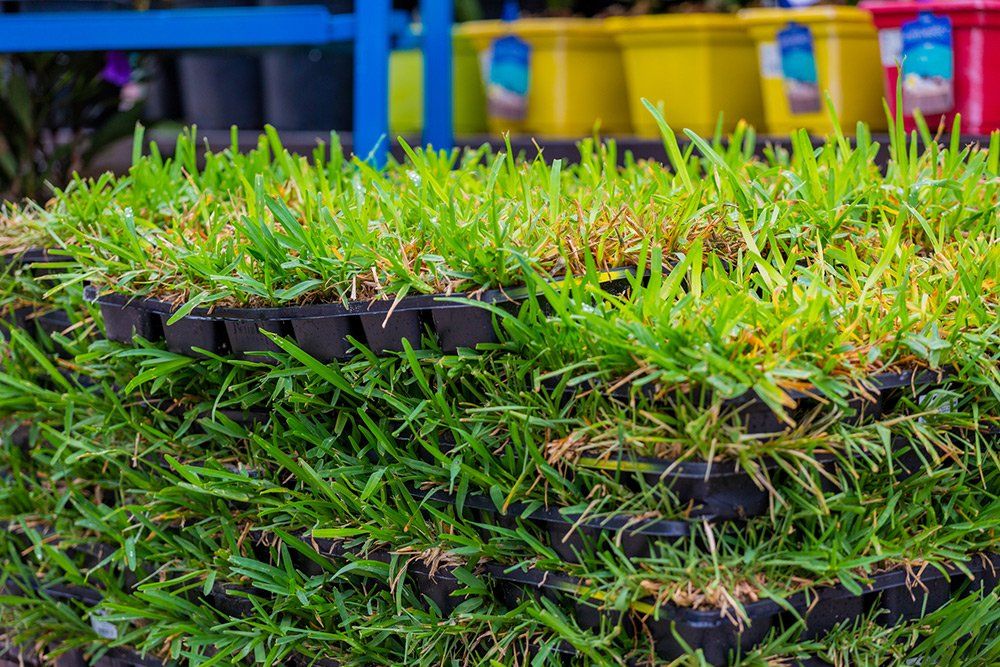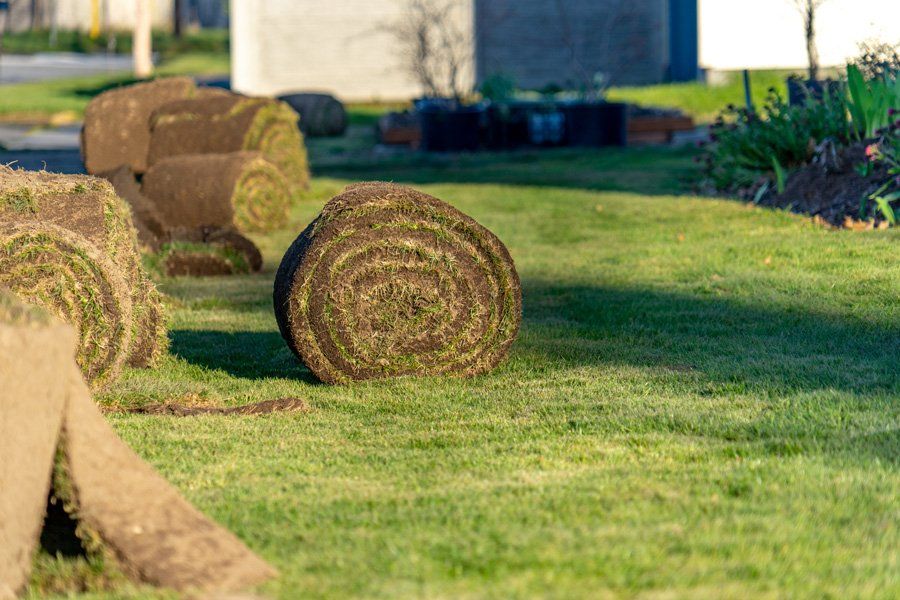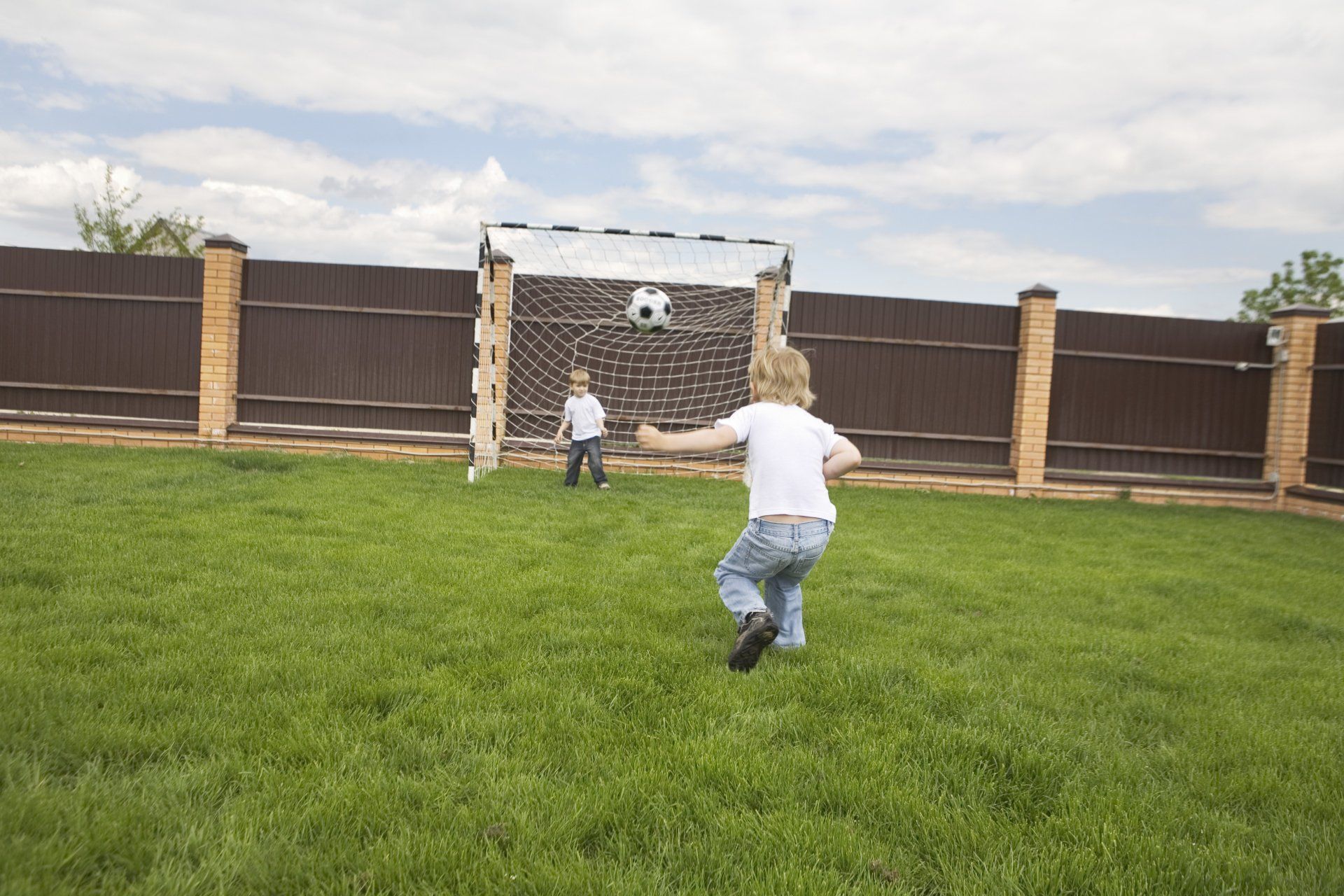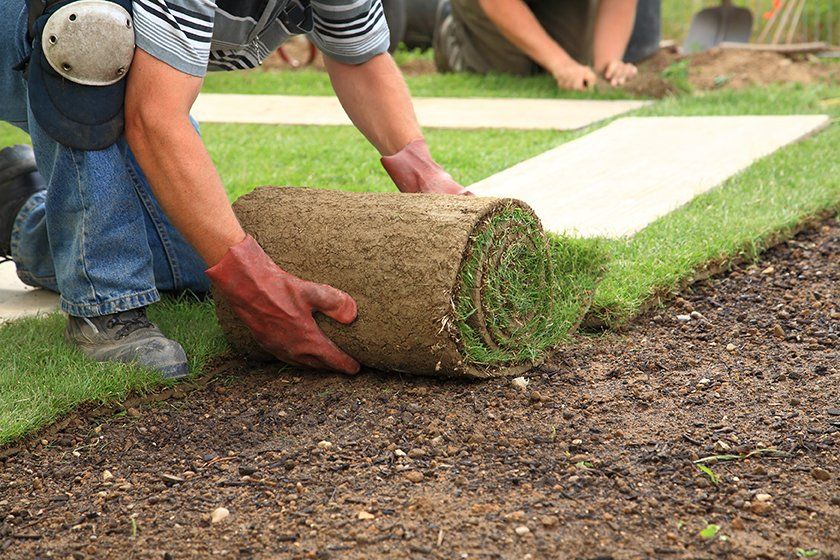4 Types of Mulch and What to Use Them For
- By Admin
- •
- 05 Apr, 2019
- •
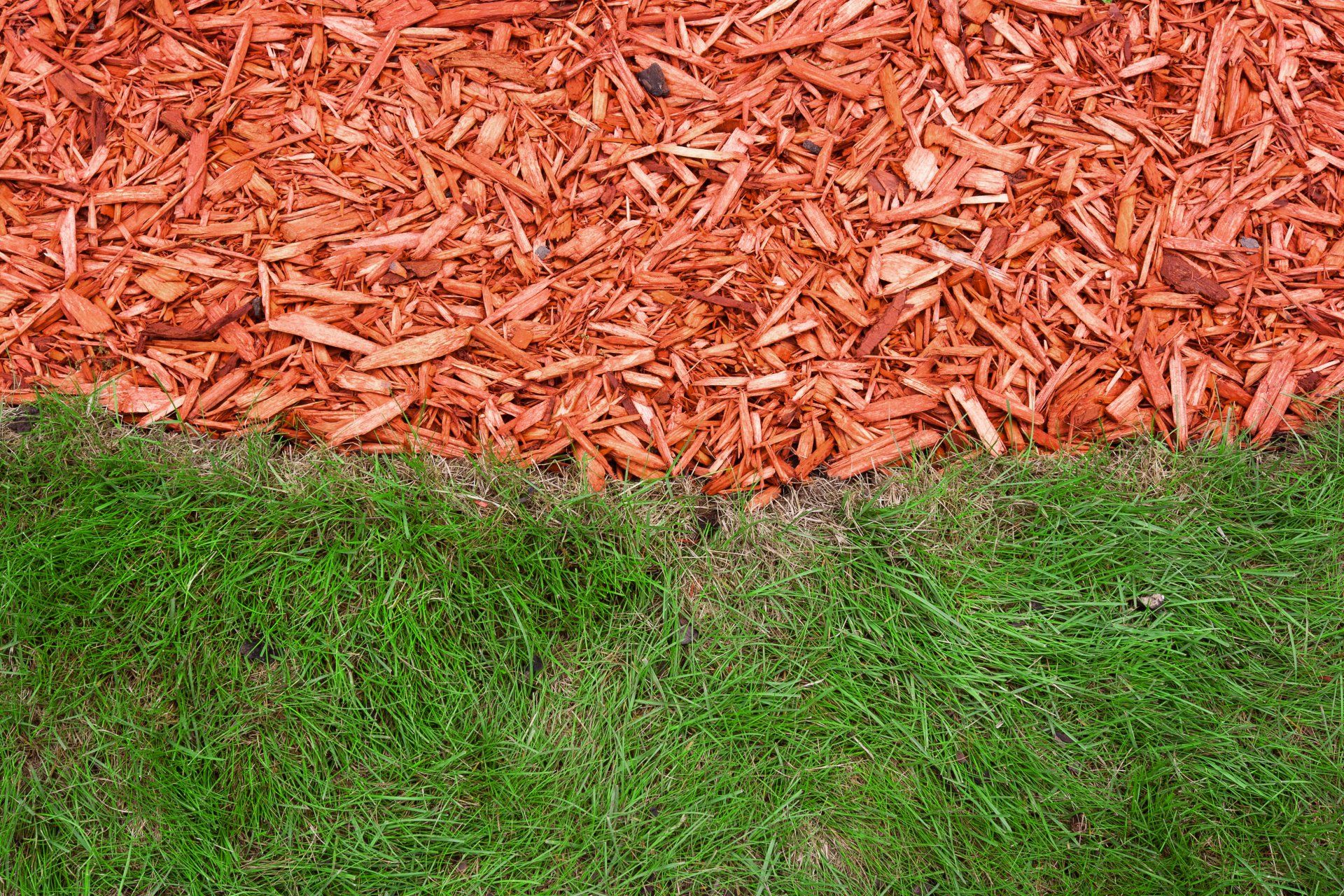
Mulch serves a variety of purposes in your landscaping. And, while most people think of one or two specific types of mulch, the modern gardener actually has a number of options to choose from. What are these options? And what is each of them best for? Here's a short guide to mulch for every occasion.
1. Bark or Wood
The most common type of mulch that people are familiar with is wood or bark chips.
Natural bark mulch comes in a variety of colors depending on the wood it comes from - from deep reds to bright blondes - as well as any dyes added for coloring purposes. It's an excellent layer for ground insulation and weed control, especially around trees, shrubs, and flower beds. Bark chips offer a rustic appearance that works nicely with these elements.
If you want more of the insulating effect, opt for fresh hardwood mulch. As an aid to restoring the health of the soil, partially decomposing aged mulch is best. Hardwood chips last several years, although they will usually begin to fade in the sun after a while. Shredded varieties won't last as long, but they do have a more unified appearance. With either type, though, you can easily mix in new chips to extend their life.
Natural bark mulch comes in a variety of colors depending on the wood it comes from - from deep reds to bright blondes - as well as any dyes added for coloring purposes. It's an excellent layer for ground insulation and weed control, especially around trees, shrubs, and flower beds. Bark chips offer a rustic appearance that works nicely with these elements.
If you want more of the insulating effect, opt for fresh hardwood mulch. As an aid to restoring the health of the soil, partially decomposing aged mulch is best. Hardwood chips last several years, although they will usually begin to fade in the sun after a while. Shredded varieties won't last as long, but they do have a more unified appearance. With either type, though, you can easily mix in new chips to extend their life.
2. Inorganic Mulch
When you think about mulch, you probably don't think about gravel or stones. But these are two types of a type of mulch known as inorganic - a ground layer that's not made from organic materials. The advantage of inorganic ground cover is in its ability to stabilize the ground, preventing erosion and providing a firm base for a bed.
For decorative purposes, inorganic mulch is an attractive option due to the variety of colors and shapes you can get. If you want a high-contrast bed or border, light-colored rock might be a great choice. It's durable, of course, but will likely be more expensive and harder to replace or remove.
For decorative purposes, inorganic mulch is an attractive option due to the variety of colors and shapes you can get. If you want a high-contrast bed or border, light-colored rock might be a great choice. It's durable, of course, but will likely be more expensive and harder to replace or remove.
3. Straw and Hay
Straw and hay stalks are an inexpensive mulch option that serves as excellent ground insulation. Many gardeners place a layer of straw in gardens as the weather gets colder to help protect roots. If you live in a hotter climate, use straw to reduce water evaporation as well. When preparing the garden for the next season, you can turn under the straw to serve as nutrition for next year.
Hay and straw, though, aren't always the first choice for ornamental areas. It's hard to camouflage the bright colors of the straw, so it will be more highly visible than many other mulch types. Use this distinct appearance to your advantage when you want a high-contrast ground cover, especially along borders or fence lines.
Hay and straw, though, aren't always the first choice for ornamental areas. It's hard to camouflage the bright colors of the straw, so it will be more highly visible than many other mulch types. Use this distinct appearance to your advantage when you want a high-contrast ground cover, especially along borders or fence lines.
4. Grass Clippings
Did you know that grass clippings can be used as mulch? Many homeowners know the value of returning some grass clippings to their lawn to serve as fertilizer and nutrients. But other clippings can serve as insulation in other areas of the yard - most often, in an herb, vegetable, or flower garden.
Clippings won't last as long as most other mulches, but - as with straw or hay - you can till them into the ground to return their nutrients to the soil.
Clearly, the best type of mulch for your landscape depends on the goals you have. Whether you want to protect your plants and trees or to provide your yard with that extra decorative aspect, mulch is an easy solution to many problems. At Turf Masters Sod Farms, we can help you find the right mix. Call or visit our mulch experts today to learn more.
Clippings won't last as long as most other mulches, but - as with straw or hay - you can till them into the ground to return their nutrients to the soil.
Clearly, the best type of mulch for your landscape depends on the goals you have. Whether you want to protect your plants and trees or to provide your yard with that extra decorative aspect, mulch is an easy solution to many problems. At Turf Masters Sod Farms, we can help you find the right mix. Call or visit our mulch experts today to learn more.
What happens after you install sod in your yard? There are several maintenance tasks you'll have to do. Learn more about them.
You have a lot of decisions to make before you lay a new lawn. An important one is whether to lay down new topsoil. See when you should lay new soil down.
Take care when you add mulch to flower and garden beds. The wrong mulch techniques may harm new sod. Learn about three mulch tips that help protect new sod.
Most new sod problems are fixable, especially when caught during their early stages. Learn about common sod problems, their potential causes, and solutions.



